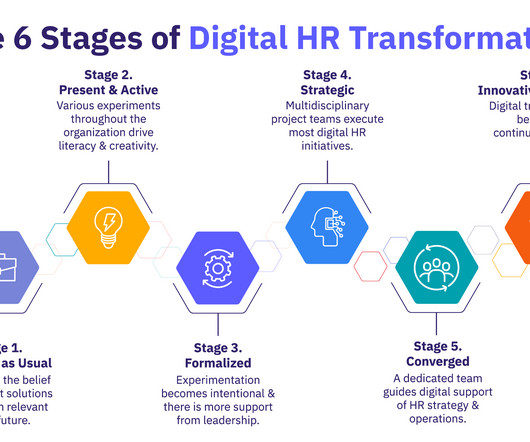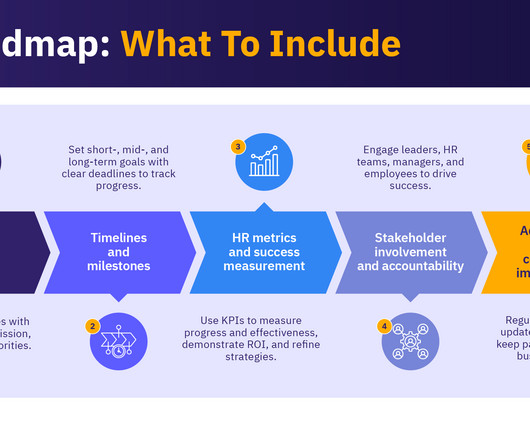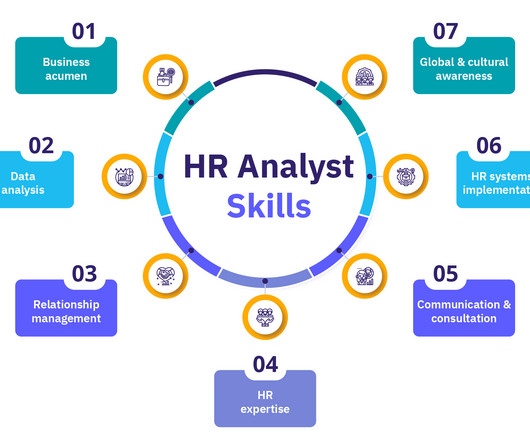Digital HR
AIHR
JULY 12, 2024
Better data management Digitalizing HR processes reduces the risk of data loss. Provided that people know where the data is stored and how to access it, using a software solution such as a Human Resource Information System (HRIS) or an ATS will allow for better data management than using a manual alternative.












Let's personalize your content